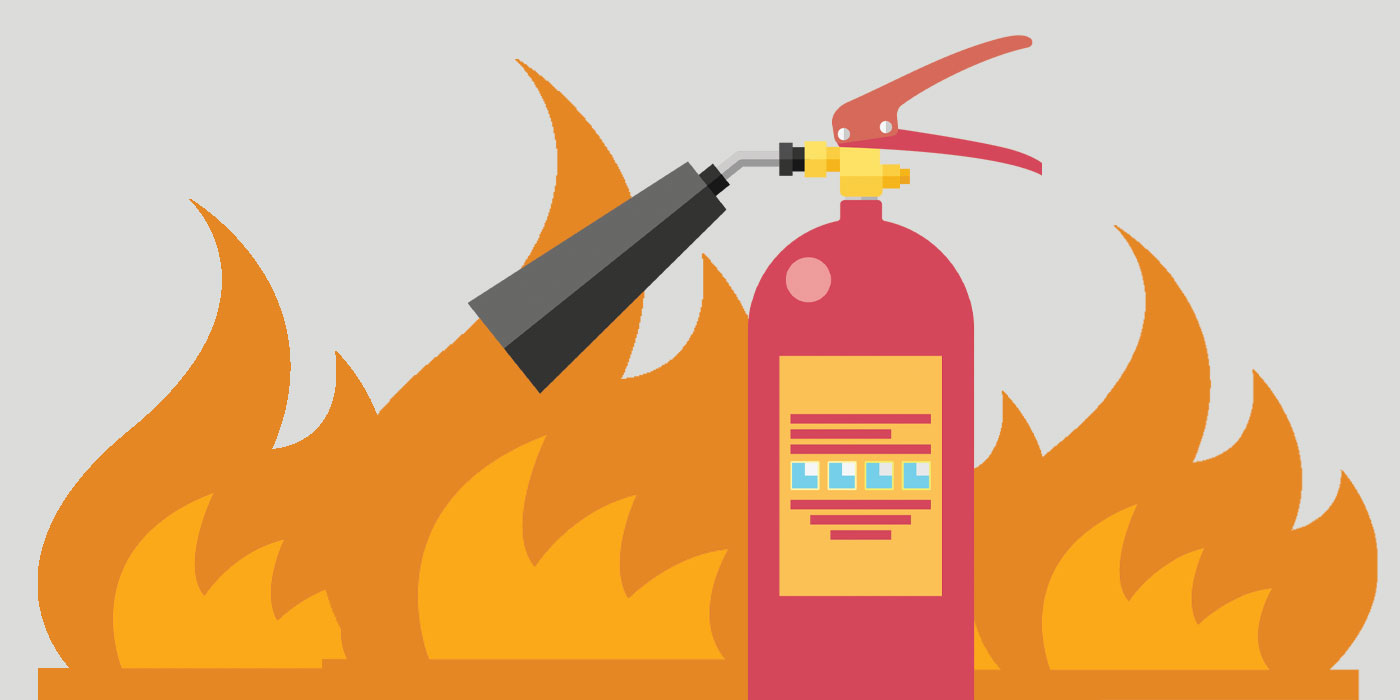For every company in Sydney, fire protection isn’t just legal, but it is an essential element of keeping employees as well as customers and property safe. The effects of fire can be devastating within minutes. However, with the appropriate safety measures implemented, many of these risks can either be reduced or avoided. Regular fire inspections, periodic testing and tagging of electrical systems and compliance with CFSP regulations all work to ensure a safe environment and ensure that businesses are in compliance to local ordinances and Building Code of Australia (BCA) standards.

Why fire inspections are essential to safety
Fire inspections are the initial step to protect against dangers. These inspections confirm that the fire safety system of a building is up-to-date and functioning. Many businesses located in Sydney must conduct inspections 6 or 12 times a year, depending on the kind of building they are operating and the council regulations. An inspection often covers everything from fire alarms and sprinkler systems, to smoke alarms, hydrants and extinguishers, emergency lighting and more.
The ability to detect hidden issues and fix them before they cause danger is what makes inspections important. A tiny defect on a fire hydrant or a blocked smoke detector may seem minor at first but, in an emergency, these faults could cost lives. Through conducting regular fire inspections, business owners are not only meeting the requirements of compliance, but are they are also taking proactive steps to protect their workplace from unexpected disasters.
Electrical risks that are not obvious can be addressed by testing and labeling
Electrical systems are one of the primary sources of fires in the workplace, which is the reason testing and tagging should always be a part of any fire safety strategy. This involves checking electrical devices for safety, functionality and compliant, then placing a tag on the item to signify that the product was inspected. This is a condition which is not always straightforward to meet. In many businesses it’s a way to protect themselves from potential risks.
Old, worn-out, or unchecked cables, appliances with faults or wiring that is not up to date can quickly lead to fire hazards. Regular testing and marking reduces the risk of an electrical issue that could cause the possibility of a fire. This can also build confidence and trust within employees by ensuring them that their workplace is safe. When combined with fire inspections, testing and tagging provides a complete safety strategy that minimizes risk on many fronts.
The job of CFSP is to ensure compliance and certification
In New South Wales, only an Competent Fire Safety Practitioner (CFSP) is authorized to certify and sign important documents for fire safety, like Annual Fire Safety Statements. The CFSP accreditation ensures that only certified professionals are able to examine and validate fire safety measures. A partnership with the CFSP ensures that inspection reports are not just paper work, but are backed by reliable assessments from experts.
The job of a CFSP is more than just the process of checking boxes. These professionals assess the performance and the condition of fire protection systems and prepare comprehensive reports. They also confirm compliance with regulatory requirements. Without CFSP certification, companies risk penalties, legal issues, and even shutdowns if safety measures are considered to be inadequate. The use of professionals who are accredited ensures that the fire safety system is being maintained properly, and that the requirements for compliance are met.
Fire Safety as an Ongoing Engagement
The issue of fire safety is not only a once-in-a-lifetime requirement, but rather an ongoing obligation for every business owner. Regularly scheduled inspections and tests of electrical equipment, together with proper certification through CFSP to create a safety cycle that doesn’t end. Beyond the legal requirements This continuous process helps create an atmosphere of safety and security in the workplace. Employees feel reassured knowing that evacuation plans clearly laid out are in place Smoke alarms are working and the emergency lighting has been tested and fire protection systems are ready for use.
Treating fire safety as a continuous process rather than a yearly checkbox not only reduces risks but also strengthens a business’s reputation. In a setting that is focused on safety, customers and clients will be more relaxed. Proactive, long-term security measures against fires can save costs by preventing costly damages in the form of fines, legal actions or even lawsuits. It also safeguards all those in the building.
Conclusion
Sydney’s fire safety program is an intricate process that includes inspections and testing, tagging, as well as the professional certification of a CFSP. Each of these elements is crucial to ensuring businesses are compliant with the regulations and, more importantly, ensuring that the safety of people and property is assured. Safety is an integral part of business operations, not an afterthought. Companies can fulfill their legal obligations and create a more resilient and safer setting in the future, if safety is a regular part of the daily routine.